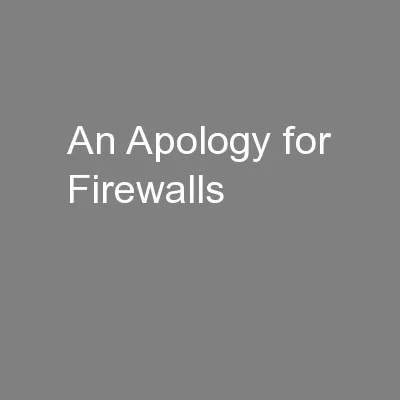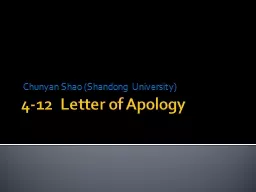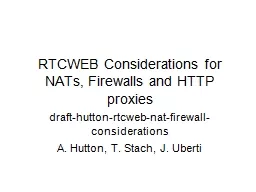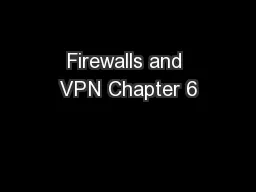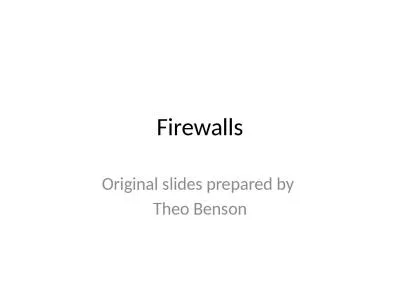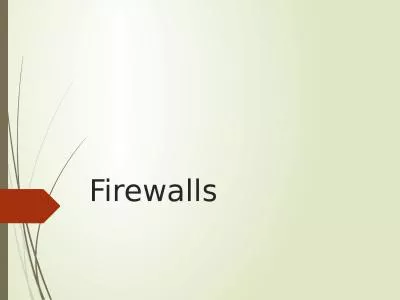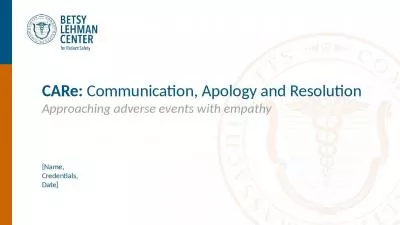PPT-An Apology for Firewalls
Author : jane-oiler | Published Date : 2016-03-23
Joe Polchinski 12073123 Ahmed Almheiri Don Marolf JP Jamie Sully In preparation AMPS Douglas Stanford Institute on Black Hole Horizons and Quantum Information
Presentation Embed Code
Download Presentation
Download Presentation The PPT/PDF document "An Apology for Firewalls" is the property of its rightful owner. Permission is granted to download and print the materials on this website for personal, non-commercial use only, and to display it on your personal computer provided you do not modify the materials and that you retain all copyright notices contained in the materials. By downloading content from our website, you accept the terms of this agreement.
An Apology for Firewalls: Transcript
Download Rules Of Document
"An Apology for Firewalls"The content belongs to its owner. You may download and print it for personal use, without modification, and keep all copyright notices. By downloading, you agree to these terms.
Related Documents

